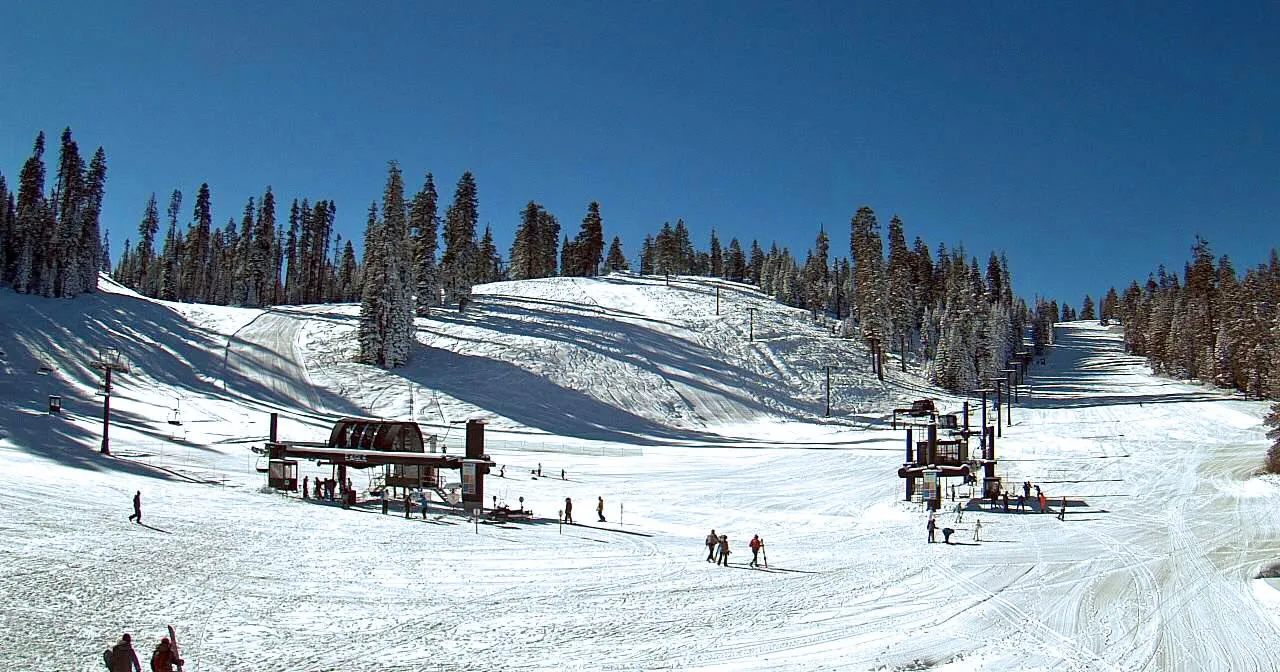Yosemite National Park winter experiences are a stunning blend of tranquility, snow-covered beauty, and uncrowded adventure. While summer draws the biggest crowds, winter transforms the park into a quiet wonderland filled with frosted granite cliffs, frozen waterfalls, and miles of serene wilderness. Whether you seek winter sports, romantic getaways, or peaceful hiking, Yosemite offers something extraordinary in the colder months. This guide highlights the best activities and practical tips for making the most of Yosemite National Park winter travel.
Unlike peak seasons, winter allows you to enjoy iconic sights like Half Dome and El Capitan without the crowds. The slower pace also means better chances of spotting wildlife and experiencing a more reflective, awe-inspiring side of the park. In this complete guide, you’ll discover everything you need to plan an unforgettable Yosemite National Park winter trip, from weather patterns to snowy adventures and how to get there safely. Get ready to uncover a magical season in one of America’s most treasured landscapes with the National Park Shops!
Why visit Yosemite National Park in the Winter?
Visiting Yosemite National Park in the winter is an opportunity to see its dramatic scenery in a completely different light. Snow blankets the valley floor, creating peaceful scenes that feel straight out of a postcard. Unlike the crowded trails of spring and summer, Yosemite National Park winter visits offer solitude, silence, and space to breathe. You’ll have unobstructed views of iconic features like Bridalveil Fall, Yosemite Falls, and Glacier Point under a veil of fresh snow.
Yosemite’s winter season also brings a range of unique activities you won’t find during warmer months, like snowshoeing, ice skating, and cross-country skiing. For photographers, the soft lighting and snow-capped landscapes create spectacular compositions. Wildlife sightings become more likely, with animals like coyotes and bobcats more active in the absence of crowds. The serenity of a Yosemite National Park winter escape is perfect for those looking to disconnect and reconnect with nature.
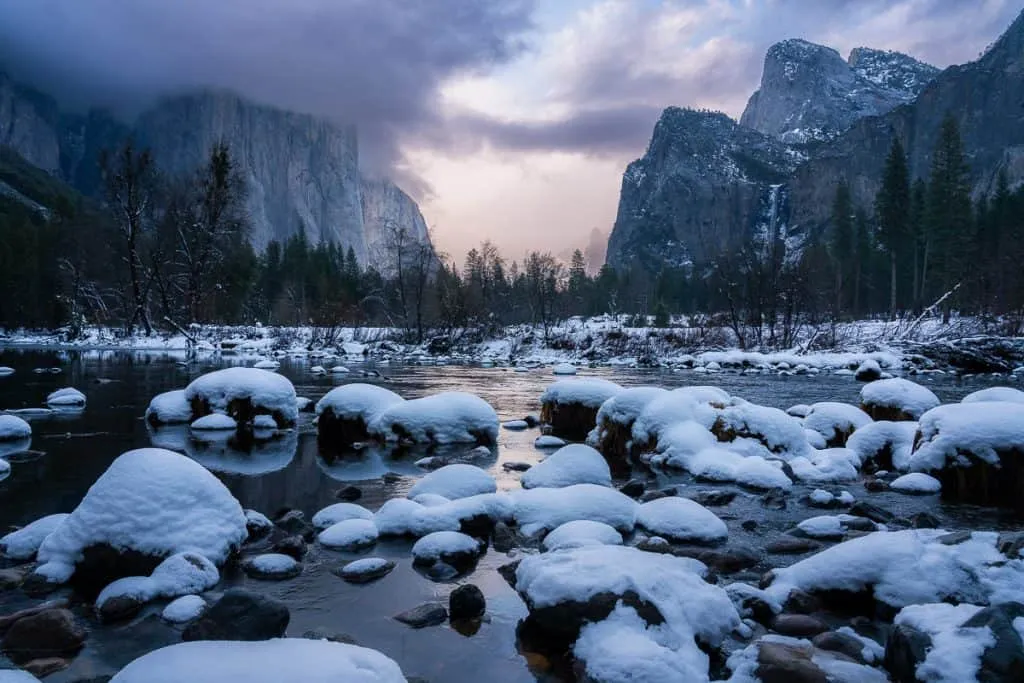
Yosemite National Park Winter Weather & Average Temperatures
Understanding the weather is crucial for planning your Yosemite National Park winter trip. From December through March, Yosemite Valley experiences daytime highs ranging from 30°F to 50°F and nighttime lows that frequently dip below freezing. Snowfall is frequent in higher elevations such as Badger Pass and Glacier Point Road, while Yosemite Valley typically sees a mix of light snow and rainfall. Fog can sometimes blanket the valley in the mornings, creating a moody and ethereal winter atmosphere ideal for photography.
In the upper elevations, like Tuolumne Meadows and Tioga Pass, snowfall can accumulate by several feet, rendering these areas inaccessible by car from late autumn through spring. These zones, however, transform into tranquil backcountry skiing and snowshoeing havens, drawing experienced winter recreationists seeking solitude. Trail conditions can change quickly due to snowmelt or fresh snowfall, so it’s vital to consult park weather updates and road status reports regularly. For a safe Yosemite National Park winter adventure, bring traction gear, waterproof layers, and be ready to adapt plans based on evolving conditions.
Top Activities in Yosemite National Park Winter
Winter in Yosemite is not just about admiring snow-covered peaks from a distance, it’s about fully immersing yourself in everything the season has to offer. Below, we’ve curated a list of the top experiences that capture the best of Yosemite in its most magical season.
Downhill Ski or Snowboard Badger Pass
Badger Pass Ski Area is one of the most accessible family-friendly resorts in California. As the only ski resort inside a U.S. national park, it offers a rare experience combining gentle terrain, short lift lines, and stunning views of Yosemite National Park winter scenery. The resort has rental shops, ski schools, and options for all ages.
With five lifts and 10 runs, it’s a perfect spot for beginners or those who want a relaxed day on the slopes. The compact layout also makes it easy to meet up with friends and family throughout the day. For a true Yosemite National Park winter experience, skiing with El Capitan in the background is unmatched.
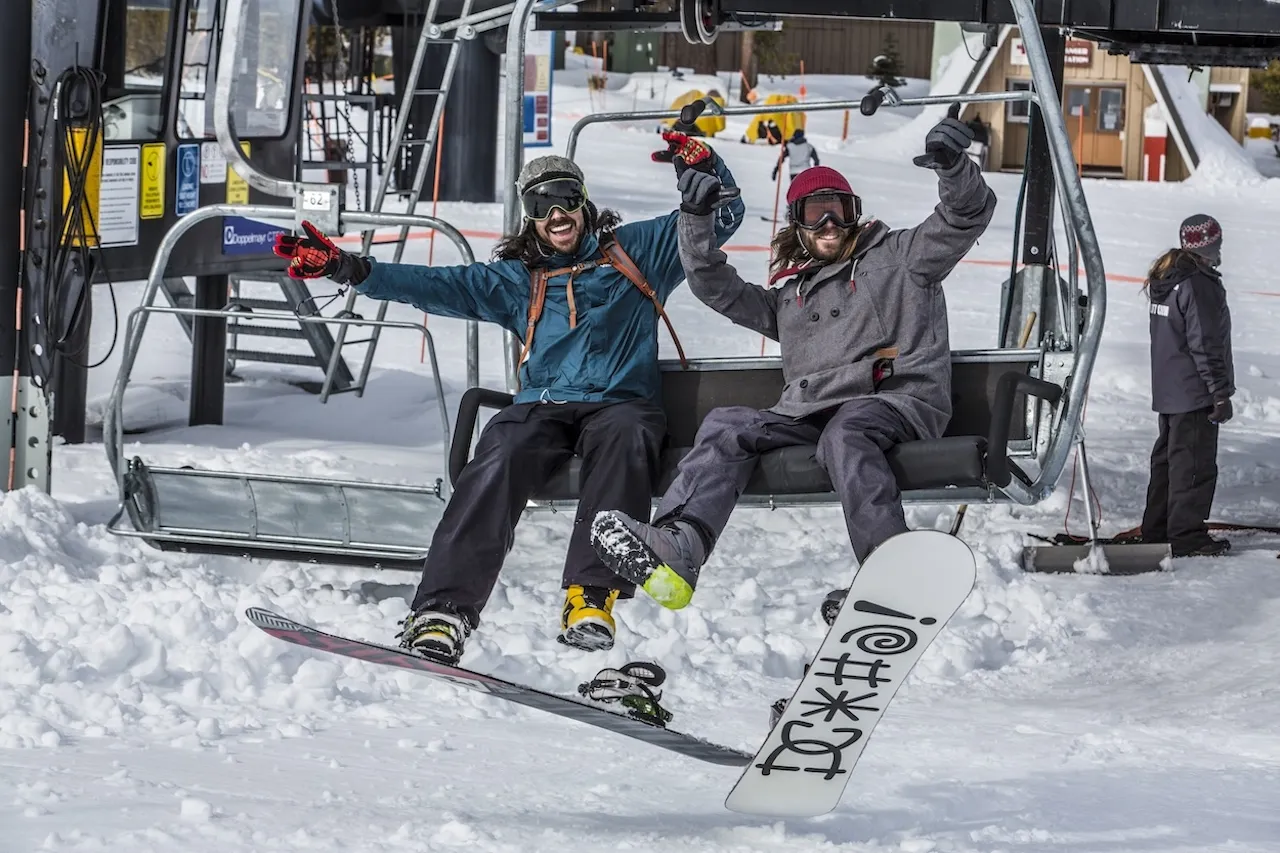
Go Cross-Country Skiing
Cross-country skiing in Yosemite offers miles of groomed and ungroomed trails, including the popular Glacier Point Road, which closes to vehicle traffic in winter. Skiers can travel along this route for awe-inspiring views and peaceful quiet broken only by the crunch of snow. Rental gear is available at Badger Pass.
Yosemite National Park winter cross-country routes vary in difficulty, making them suitable for beginners and experienced skiers alike. For a longer journey, try the 10.5-mile trek to Glacier Point for a spectacular overlook of Half Dome and Yosemite Valley. This sport is a favorite among winter enthusiasts who want exercise and serenity combined.
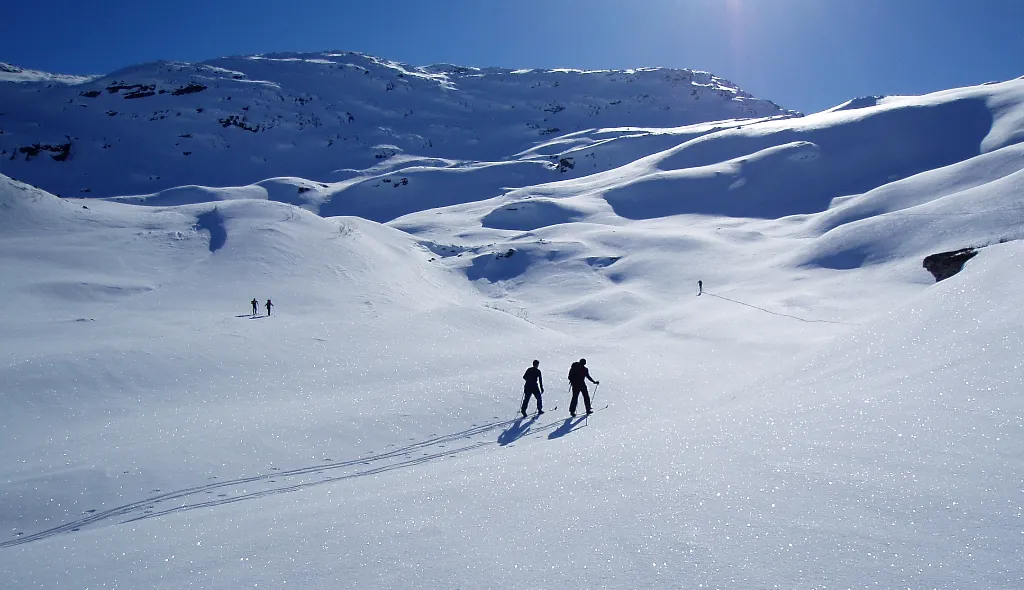
Snowshoe Through Giant Sequoias
Wawona and the Mariposa Grove of Giant Sequoias are ideal places for snowshoeing among ancient trees. Walking through these groves during Yosemite National Park winter months is a magical experience, with the sound of snow muffling everything but your own footsteps.
Snowshoe rentals are available, and guided tours run from Badger Pass and nearby visitor centers. Trails vary in length, and you can even take short routes if you’re new to snowshoeing. The sight of giant sequoias dusted with snow is a highlight of any Yosemite National Park winter visit.
>> Read More: Yosemite National Park Giant Trees: Facts about Giant Sequoias

Ice Skate Under Half Dome
Yosemite Valley’s Curry Village offers a charming outdoor ice rink that operates from mid-November through early March. Skating here gives you direct views of Half Dome and Glacier Point, especially beautiful during dusk. This activity is perfect for families, couples, or anyone wanting a playful touch to their Yosemite National Park winter itinerary.
You can rent skates on-site and enjoy warming up by the fire pit afterward with hot cocoa. It’s a great way to unwind after a day of hiking or snow play. The ambiance and setting make this one of the most picturesque skating experiences in the country.
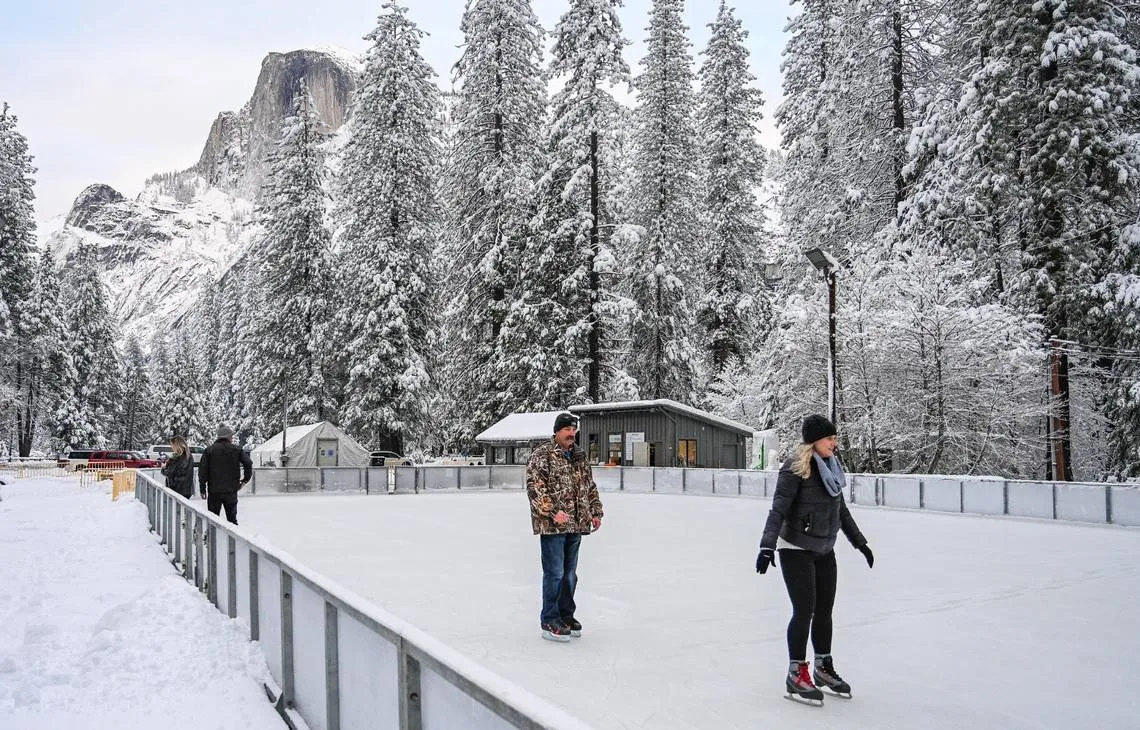
Sled or Snow Tube Down a Hill
While Yosemite doesn’t have a designated tubing park, many open meadows near Badger Pass or Crane Flat become de facto sledding hills during the Yosemite National Park winter season. Families often bring their own gear and enjoy the simple fun of sliding down powdery hills. Always check with rangers for safe and recommended areas before sledding. Choose hills without trees or rocks and wear helmets for safety. Snow tubing is a classic winter pastime that adds joyful energy to your park adventure.

Go Stargazing
Winter skies in Yosemite are crystal clear, making it a dream for stargazers. With fewer visitors and low light pollution, you can see constellations, planets, and even the Milky Way on moonless nights. Some rangers and nonprofits offer winter stargazing programs in the Yosemite National Park winter season.
Pack a telescope or binoculars if you have them and dress in warm layers. Glacier Point and Tunnel View are fantastic locations for night photography. The combination of a snowy landscape and a glittering sky makes for an unforgettable Yosemite National Park winter night.
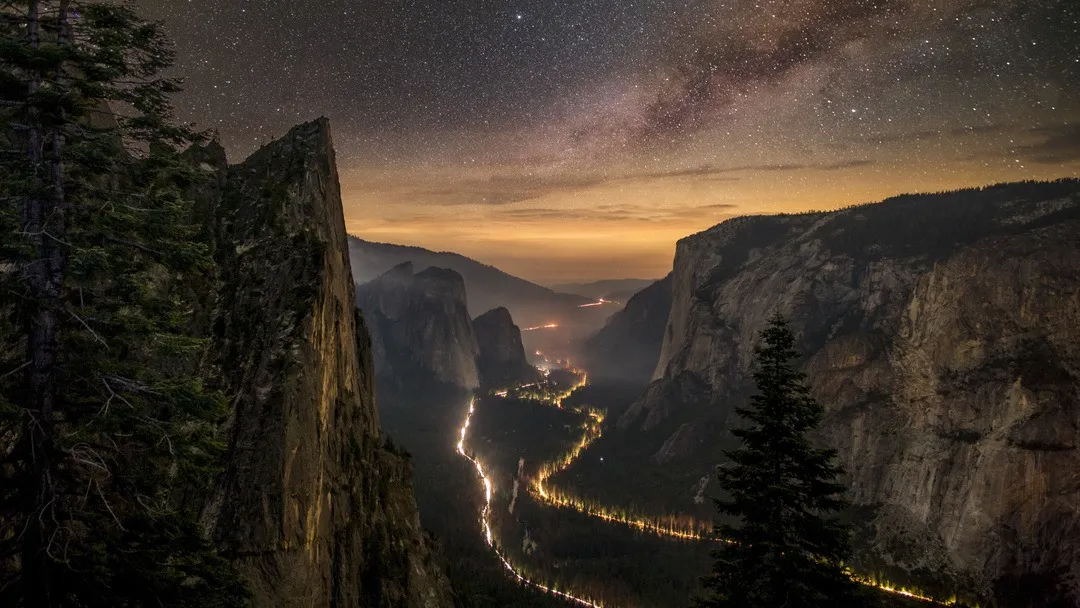
Stay at a Backcountry Hut
Adventure seekers can reserve backcountry huts like the Glacier Point Ski Hut or the Ostrander Ski Hut. These rustic lodgings require a cross-country trek but reward you with stunning views and cozy shelter deep in the Yosemite wilderness. It’s a unique and immersive way to experience Yosemite National Park winter nights.
These huts book quickly and require early reservations. They’re perfect for experienced skiers who want solitude and beauty off the beaten path. Be prepared for rugged conditions and bring your own gear, food, and layered clothing.
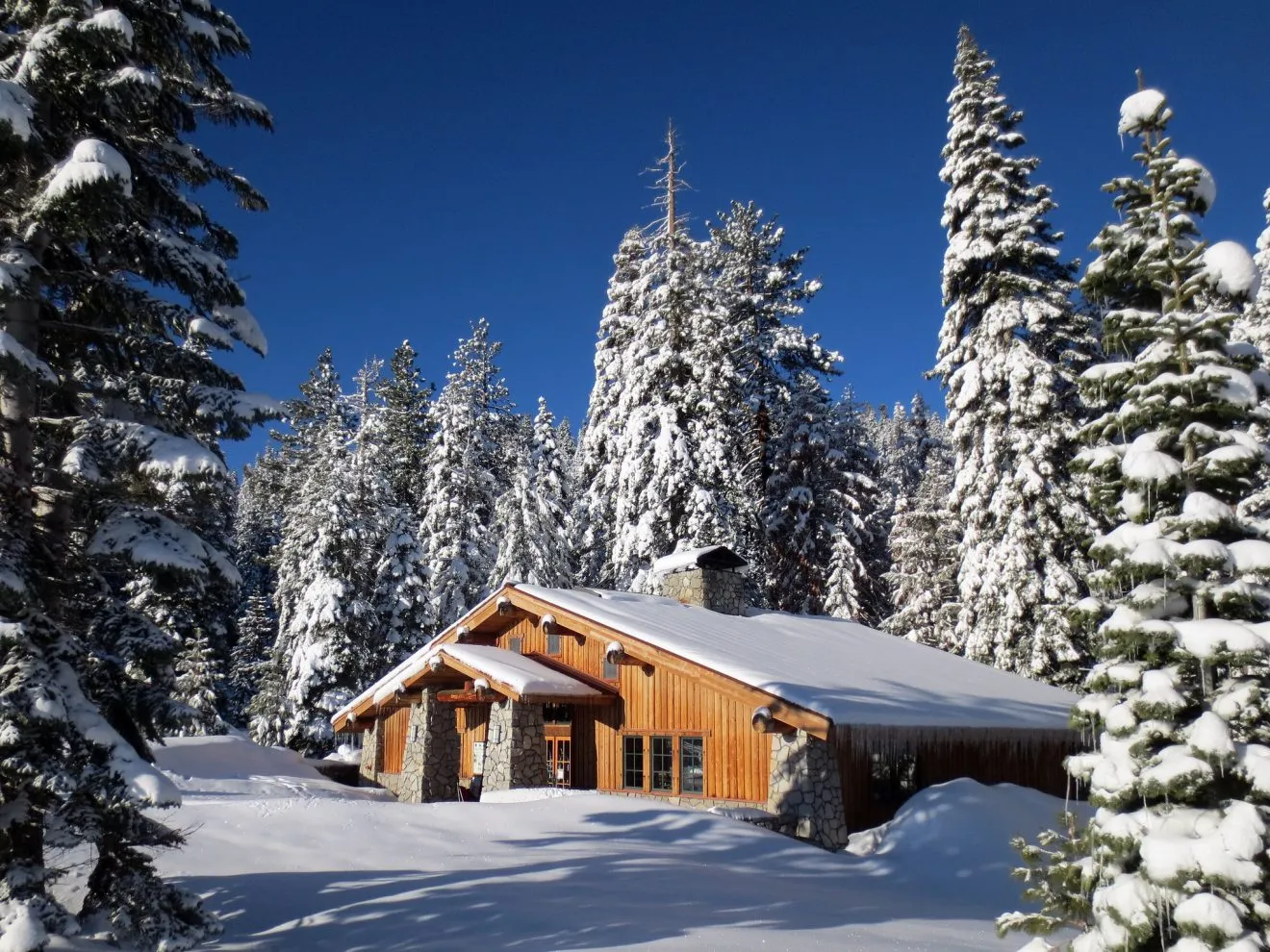
Dine at Yosemite’s Food & Wine Events
Yosemite hosts several seasonal culinary events, including the Chefs’ Holidays series held at the Majestic Yosemite Hotel (formerly Ahwahnee Hotel). These events bring world-renowned chefs for multi-course dinners, wine pairings, and live demonstrations.
Participating in these programs is a great way to balance your Yosemite National Park winter days of outdoor play with evenings of gourmet indulgence. Space is limited, so booking early is essential. It’s an ideal mix of rustic and refined that captures the best of Yosemite.
>> Read More: The 15 Best Yosemite Restaurants: Inside and Outdoor Dining
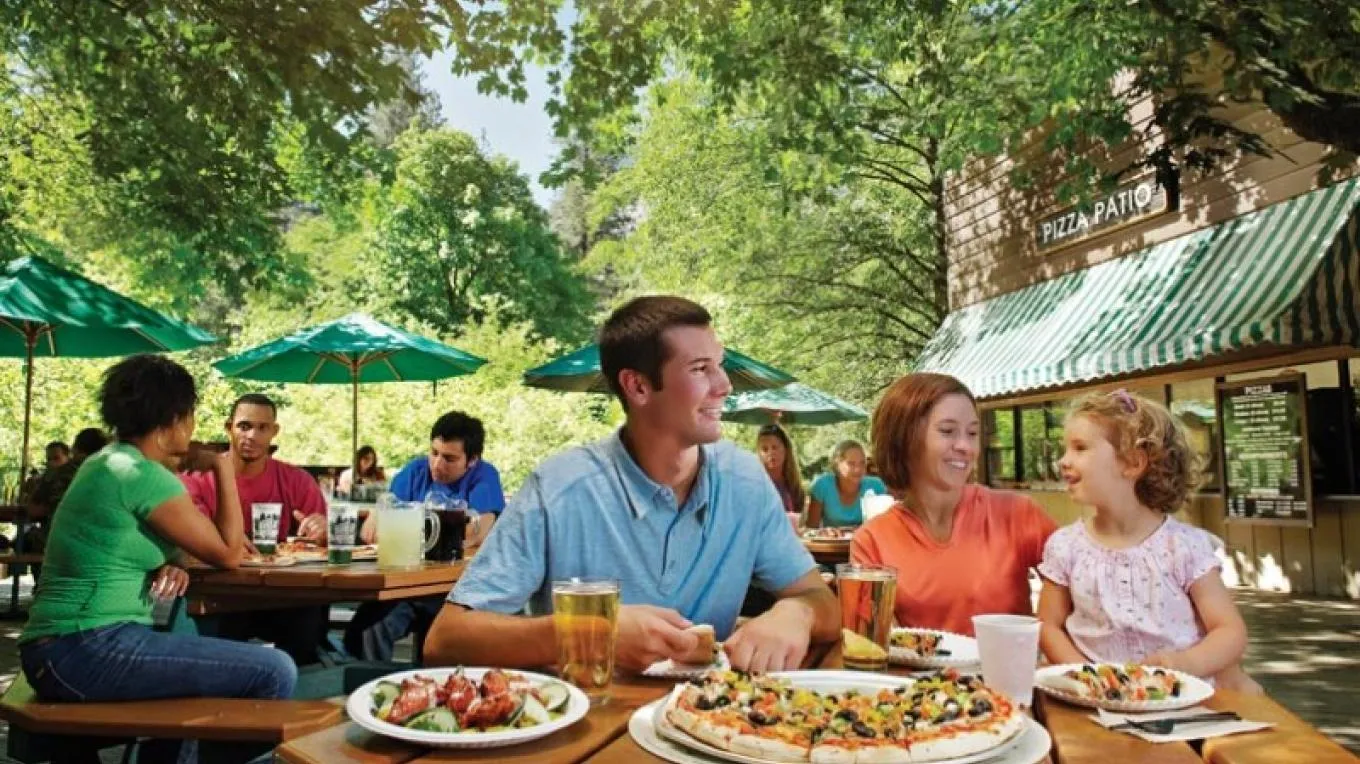
How to Get to Yosemite National Park Winter
Getting to Yosemite during the winter months requires thoughtful planning, especially as road conditions, vehicle requirements, and travel times may change due to snow and ice. However, with multiple access points and transit options, visiting Yosemite National Park winter landscapes remains highly achievable. Whether you choose to fly in or take a scenic drive, understanding your entry route will help ensure a smooth journey into the park’s frosty wilderness.
Flying Into California to Visit Yosemite in Winter
Several airports provide access to Yosemite National Park winter travel. The closest major airport is Fresno Yosemite International (FAT), roughly 2.5 hours from the South Entrance. Other options include Sacramento (SMF), Oakland (OAK), San Francisco (SFO), and San Jose (SJC).
Car rentals are available at all major airports, and winter tires or chains may be required depending on snowfall. Check road conditions daily and plan extra time for travel in snowy weather. Flights are generally more affordable in winter, making it a budget-friendly season to visit Yosemite National Park.
Driving Restrictions in Yosemite in Winter
From November to March, chain requirements are enforced on many Yosemite roads. Even vehicles with 4WD may be required to carry chains depending on the conditions. Always check with the National Park Service for current requirements before setting out.
Gas stations are limited within the park, so fuel up before entering. Snow plows maintain access to Yosemite Valley and Wawona, but higher elevations like Glacier Point Road and Tioga Pass are closed. Planning your Yosemite National Park winter drive carefully ensures a safe and smooth arrival.
Using the Yosemite Valley Shuttles in Winter
While the full shuttle system doesn’t operate in winter, a modified route usually runs within Yosemite Valley. This helps reduce road congestion and offers visitors a convenient way to reach major viewpoints and lodges. Schedules vary by weather, so check updates upon arrival.
The shuttle stops at Yosemite Village, Curry Village, and Yosemite Falls, among other key areas. It’s a helpful tool for navigating Yosemite National Park winter sights without needing to move your car. Plus, it reduces your carbon footprint while exploring this protected wonderland.
Winter Road Closures in Yosemite National Park
Several roads in Yosemite close seasonally due to snow accumulation. The most notable are Tioga Road (Highway 120 through the park) and Glacier Point Road beyond the Badger Pass Ski Area. These closures typically begin in November and last until late May or early June.
These closures impact access to Tuolumne Meadows and parts of the high country. However, Yosemite Valley, Wawona, and Mariposa Grove remain open year-round. Knowing what’s closed in Yosemite National Park winter months helps you adjust your plans and focus on accessible areas.
Conclusion
A trip to Yosemite National Park winter landscapes delivers peace, beauty, and outdoor excitement unlike any other season. With fewer crowds, endless snow-dusted views, and a wide range of activities from skiing to gourmet dining, winter is a deeply rewarding time to explore this iconic destination.
By planning ahead and embracing the season’s unique challenges and gifts, you’ll be treated to a truly memorable Yosemite National Park winter experience. Whether you’re chasing adventure or serenity, this guide equips you with all the tools needed to enjoy winter in Yosemite to its fullest.
>> Read More:

